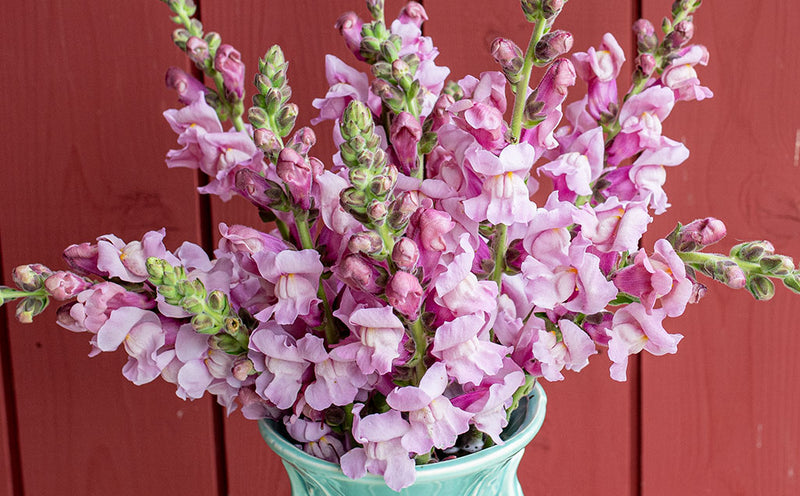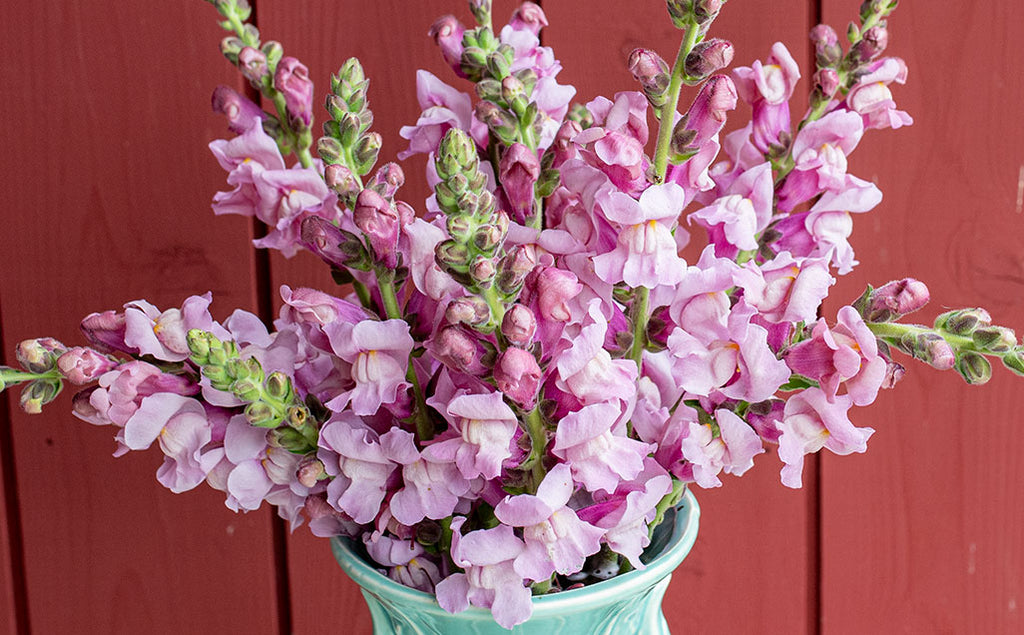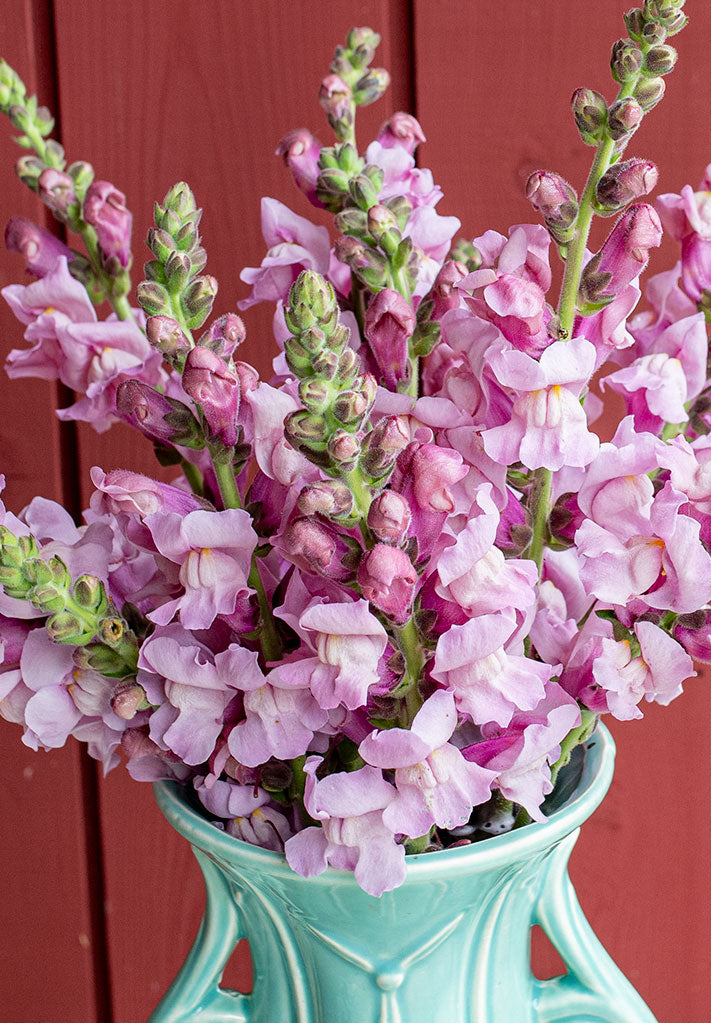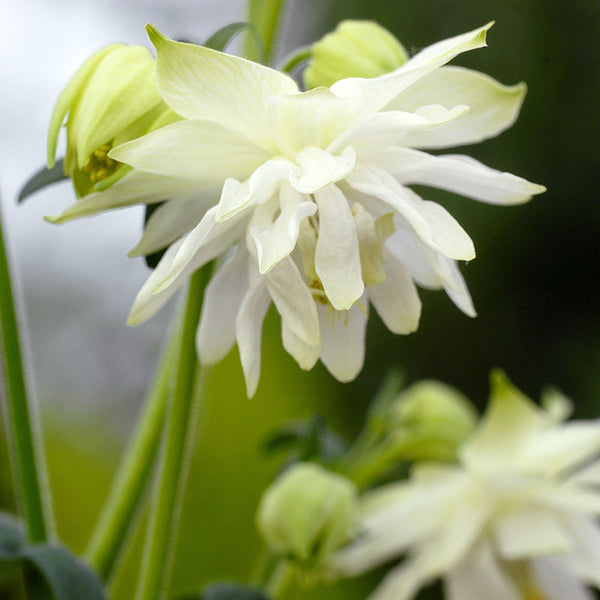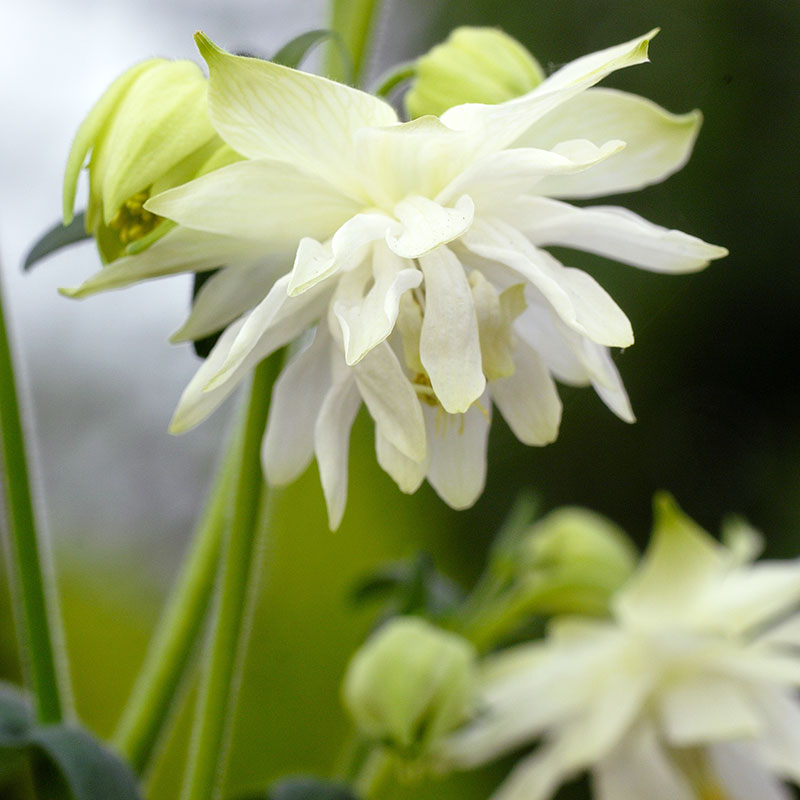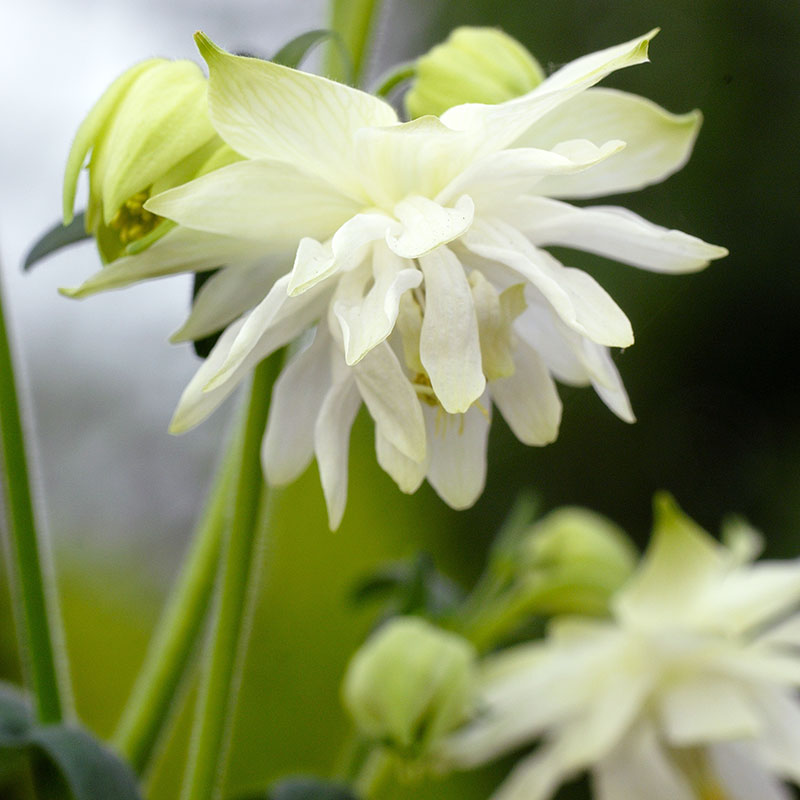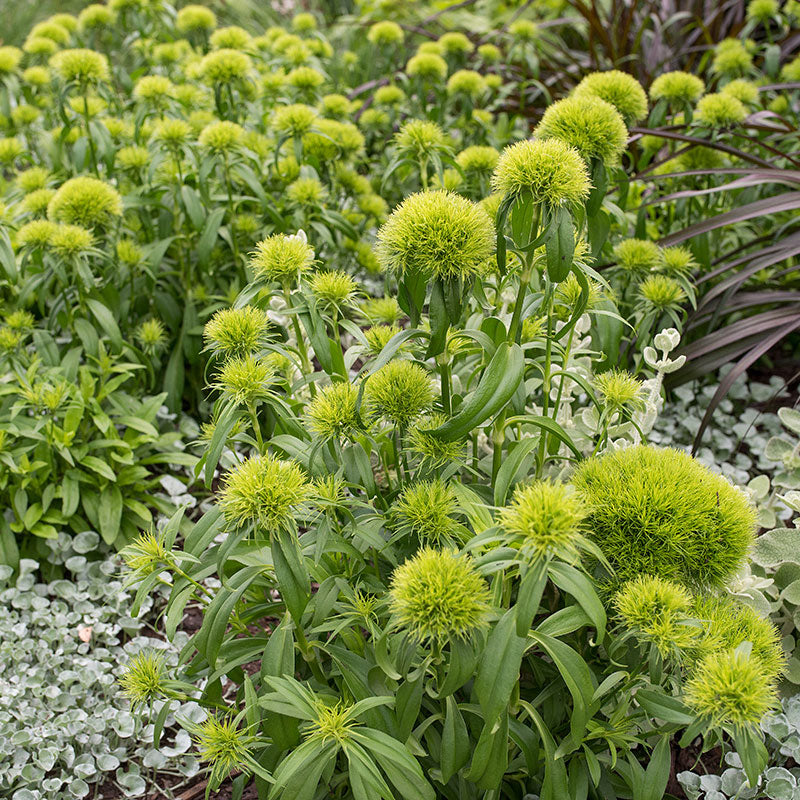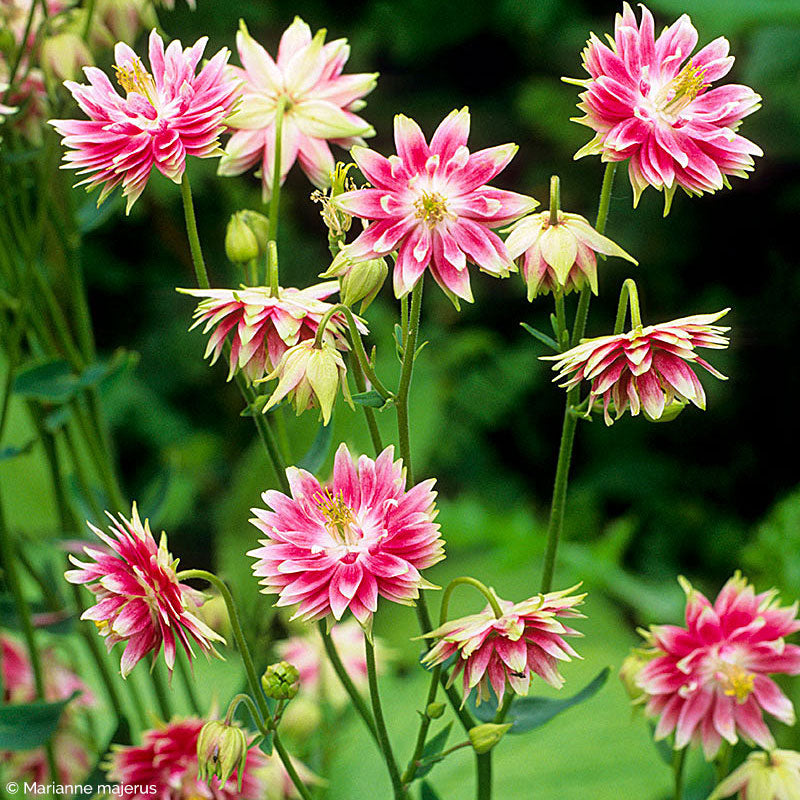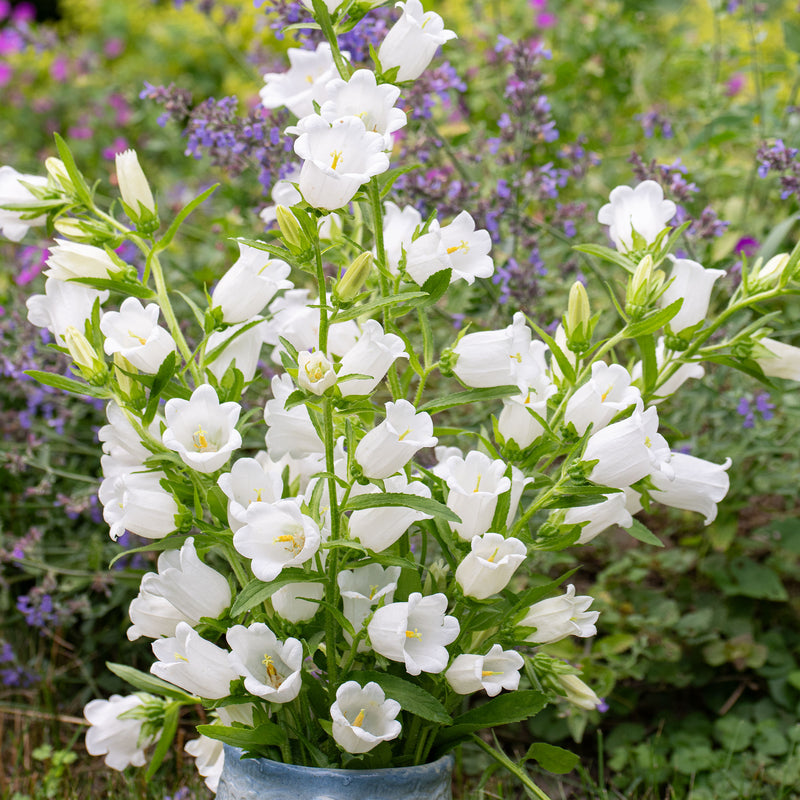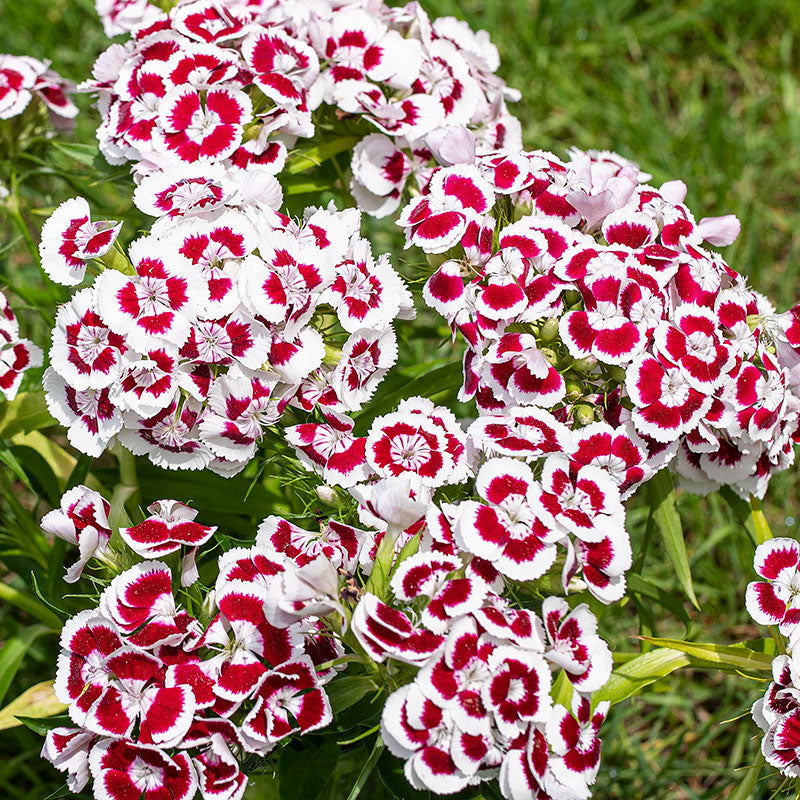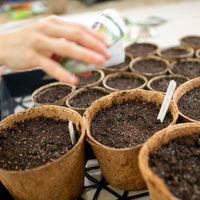Seed Packet
Columbine 'Lime Sorbet'
Aquilegia vulgaris
A beautiful spring green-tinged flower with a full array of petals, a form once called clematis-flowered. Lime Sorbet is a delight in the awakening spring garden, its numerous flowers held aloft by tall, wiry stems. Easy to grow for a perennial, it resists browsing from rabbits and deer and welcomes pollinators. It thrives in well-drained soils that stay lightly moist, so some compost would be beneficial. Full sun to partial shade in the North, partial shade a must in hotter climes.
SKU #S1462
Caution: Poisonous. The purchaser assumes all liability related to the use of this product.
Currently Unavailable
Notify Me When Available
Growing Companions
